|
by Dark Watcher |
|
|
On October 30, 1987 the first 16-Bit home videogame console was released in Japan by NEC. The PC Engine was clearly a "next
generation" system with its amazing specs and wallet sized card games called "HuCards". The PC Engine was immensely popular in Japan, outselling the Famicom by a significant margin. Two years after its Japanese introduction, NEC announced plans to bring the PC Engine overseas. NEC dubbed the US release TurboGrafx-16 and prepared to dominate both Nintendo and Sega as they did in Japan. Unfortunately, not everything went accordingly to plan. This state of the art gaming went by almost unnoticed by the American gamers, primarily due to the flawed marketing strategy (or lack thereof). Perhaps their success in Japan made them think the system would sell itself. Whereas you could find commercials and advertisements for Sega and Nintendo, you could not find any for TurboGrafx-16. NEC was also introducing games, titles and characters that American players simply weren't familiar with and many truly excellent games were either outright ignored, or subject to Nintendo's "exclusive licensing" policy that was in effect at the time. |
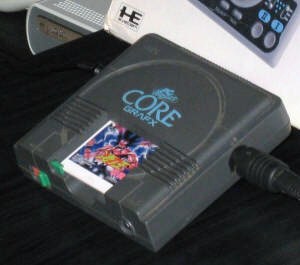 |
|
The gist of this policy was, if a game was already available on NES, then game companies could not produce any versions for any other game
system. Although this was later ruled illegal, it hurt the TurboGrafx-16 a great deal in the early stages of its life.
This, coupled with the fact that the TurboGrafx-16 was not a true 16-bit console (the system used two 8-bit processors), caused the
TurboGrafx-16 to have a small impact in the US. In the end, NEC seemed to only focus on their Japanese market. Japan saw many quality games, console redesigns and accessories. This helped the system to remain successful in Japan for quite some time. FACT: NEC used the "HuCard" technology to produce "System Cards" that boosted the consoles RAM thus providing better quality graphics. The Arcade Card Pro Card in particular added 16 megabits of RAM and was used to play arcade quality games such as Fatal Fury and other SNK hits. Sadly the card was never released outside of Japan. |
|
 HANDS ON REVIEW HANDS ON REVIEWby Tan |
|
|
The first time I ever laid eyes on a TurboGrafx-16 was when it was featured it a specialty kiosk at RadioShack back in the late fall
of 1989 or early 1990. Every time I went to the adjacent arcade, I'd always stop and play some Bonk or perhaps R-Type (whichever
of the two was running in the system on that particular day). At that time I was still in the midst of my Sega Master System and
NES years. As kids, we generally don't care about the hardware or controllers as long as it was fun. What really struck a
chord in me were the games themselves. Now I won't bore you with the whole "is it 8-bit or 16-bit" thing, but even as a young
scrapper I could tell this was a small step forward. Something that fell between the 8-bit systems and the new
Sega Genesis that
just came out. Twenty some years later, many of my observations still stand. This system has colorful games with large sprites that are easy on the eyes and scroll effortlessly. Most of its titles have aged well and, believe it or not, look extremely decent on a HDTV. Fun music and sounds effects make these games straddle the line between arcade and home console. I find that a rocking home theatre system doesn't add much to 16-bit gaming and very little at all to 8-bit systems, but TurboGrafx-16 games sound great when you crank it. Play a game like Blazing Lazers and you'll see what I mean. |
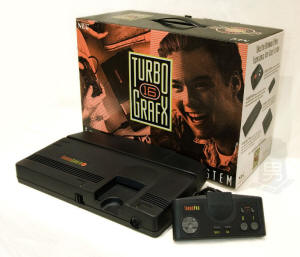 |
|
On the hardware side of things, I have a more neutral opinion of the system. Looking at the console itself, it seems to be a compact,
well thought out package at first glance. However, this comes at the cost of no built-in AV options besides RF and only one controller
port. So basically to get the full use out of this system you'll need to fork out some extra coin for bulky add-ons like a TurboBooster (composite AV) or a TurboTap for multiplayer gaming. I realize that milking the gamer through accessories was, and still
is, common practice by manufacturers of game system hardware. The reason I mention it here is because the TurboGrafx-16 is on the edge
between uncommon and rare as far as finding accessories these days. With only 2.5 million actual systems sold in North America, you
can imagine how few of these optional add-ons were even produced. When factoring in attrition (broken, thrown away, unsold stock
recycled), it is no wonder that accessories are hard to find. For example, the TurboBooster often sells for more than a loose system
with an included game or two. Don't even get me started on trying to find controller extension cords for the ridiculously short
TurboPads! Despite my criticism of the TurboPad's cord length (only 4 feet), I really do like the controller itself. Following the D-Pad, two button formula of the 8-bit systems, it feels solid and well constructed featuring rounded edges and built-in turbo actions. Both as a kid and as an adult, I always found it comfortable to use. It is also worth noting that I've yet to come across a worn out controller in my travels. These pads are incredibly durable. As previously referenced, NEC did make some odd decisions regarding cord length with the TurboGrafx-16. As someone with a huge web of cords strung across several surge protectors, locating the external power brick halfway along the cord is a nice feature. Most game companies at the time would position this bulky unit at the end where it takes up a lot of space near the outlet. Another nice touch is that the TurboBooster utilizes standard AV cables instead of an oddball proprietary cord for its composite connection. Chalk that up as a back door apology for giving us four-foot controllers. Growing up with the Sega Master System, card-based software was not foreign territory for me since Sega utilized similar technology as HuCards with the SMS. I like that they are compact and come with a protective sleeve that begs to be carried in a shirt pocket on your way to a friend's house. The downside of this format is the lack of battery saves. There are some third party game save devices, but these are pretty pricey. The aforementioned TurboBooster has an upgraded model (TurboBooster Plus) which offers an extremely rudimentary save file system on top of its AV capabilities. In my opinion, these small offerings do not justify the additional investment. Rather than blowing a good chunk of your gaming budget on one of these devices, just grab yourself a notepad and pen to keep track of your high scores and passwords. Use the savings to grab some awesome titles like Bonk, Blazing Lazers and Devil's Crush. |
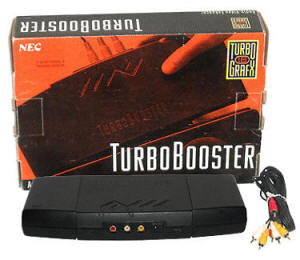 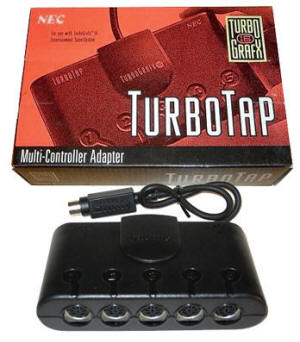 |
|
As a collector as well as a gamer, I have come to realize over the years that the TurboGrafx-16 requires some compromise in order to
collect. New hardware and accessories are difficult to find, which is putting it mildly. Boxed items, complete or otherwise, are
harder to find than you'd think and tend to be more expensive than they should be. The games themselves are tricky because the
packaging consists of a CD-sized case, manual, protective sleeve, styrofoam spacer and cardboard outer box. Later releases skipped the
case in favor of a shaped plastic tray inside the box like those utilized with Game Boy software. The outer box and spacer are usually
the missing pieces when purchasing games. If you can compromise as I have, settling for the case, manual and sleeve when applicable
will make it much easier to find them for better prices. This is rather similar when buying NES games without the styrofoam spacer or
black cartridge sleeve - not technically complete-in-box but close enough. Having read my review up to this point, you've probably pegged my opinion of the TurboGrafx-16 as being a decent system or an interesting footnote in gaming's history. Not so. In fact, this is one of my all-time favorite game systems which has permanently earned a place front and center in my living room. Why? Well two reasons. One, NEC and Hudson developed something special with a character all its own. It has a unique personality in its games, design and aesthetics you won't find anywhere else. It is almost like they decided to just make whatever games they wanted to, whatever way they wanted. They almost seem like they did not worry about things like consumer demographics or what everyone else was doing. Some may say that NEC tried to emulate the Nintendo's success with the Famicom\NES, but my perception of this system suggests otherwise. The second reason is that overall, the best of the best games for this system are just plain 'ole fun. Timeless, easy to pick up and play, artistic and with a great controller in hand, this is my go-to system when I want to branch out from the usual selection of classic titles on the game systems we all grew up with. |
|
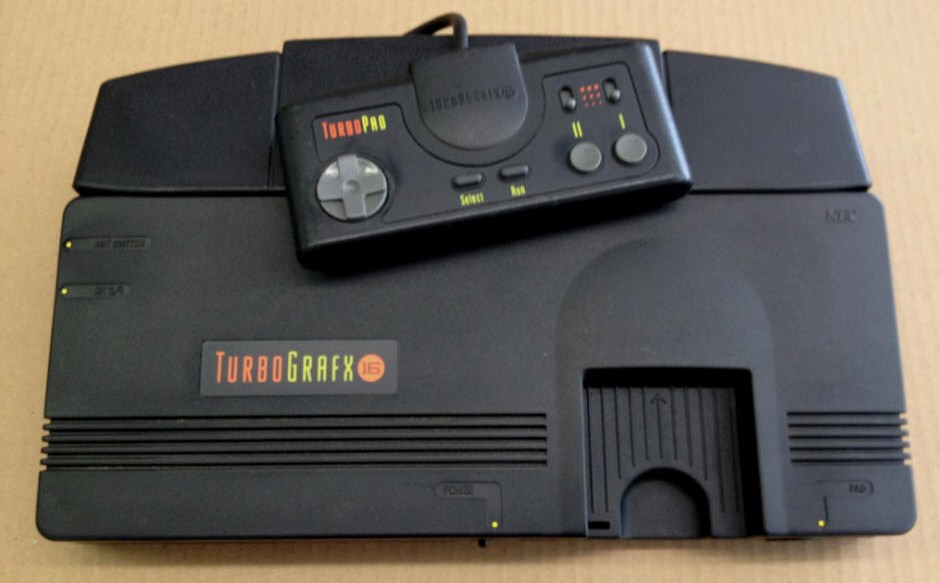 |
|
|






 2010s - NOTES
2010s - NOTES


 MODELS
MODELS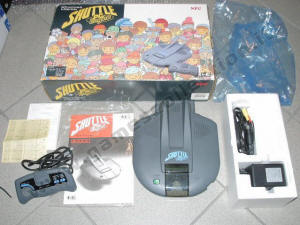
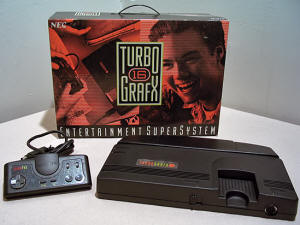
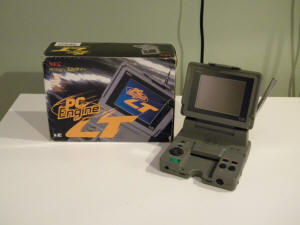
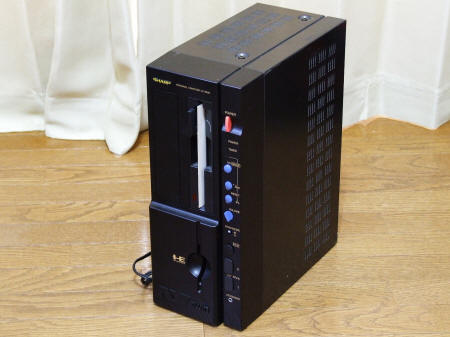
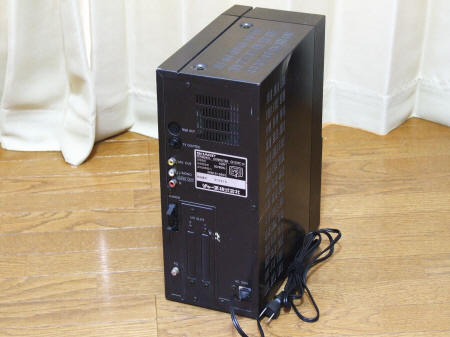
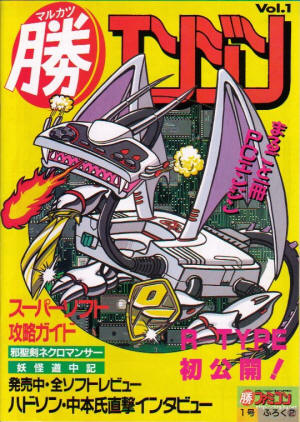
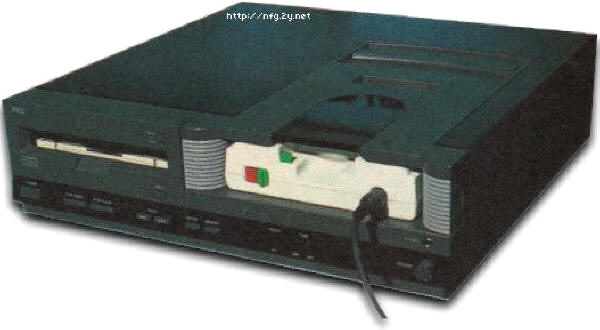
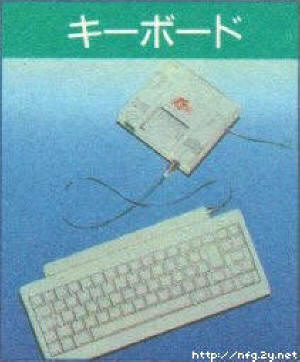
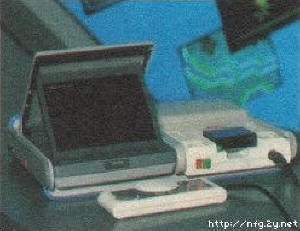
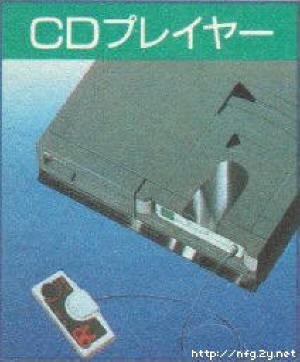
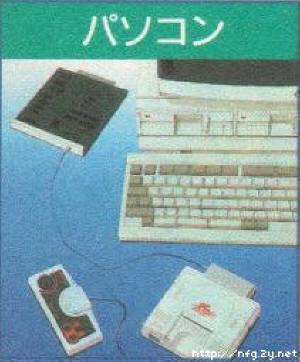
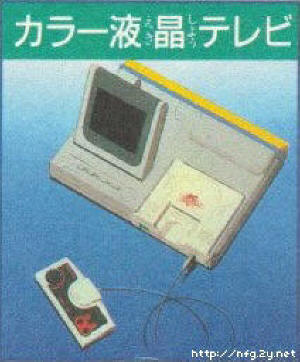
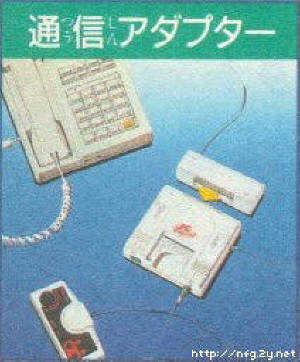
 CLONES
CLONES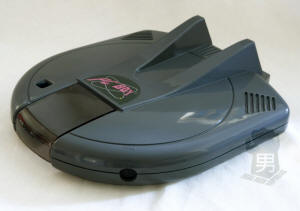
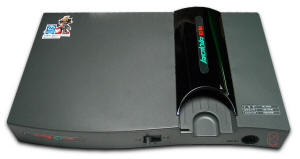
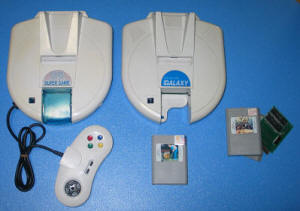
 FORMAT, PACKAGING & GENERAL INFO
FORMAT, PACKAGING & GENERAL INFO





















 SCREENSHOTS
SCREENSHOTS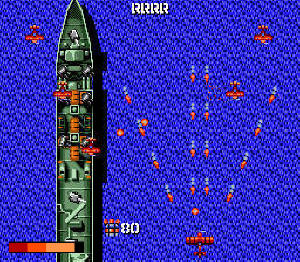
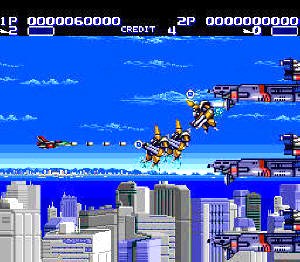
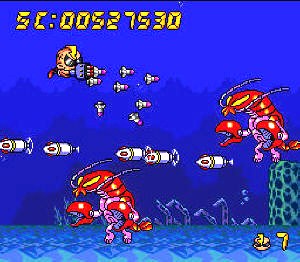
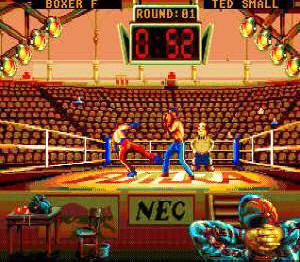
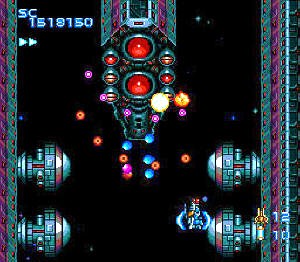
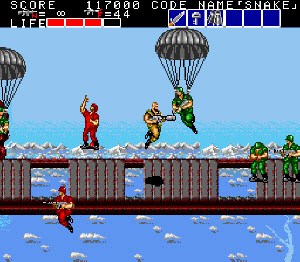
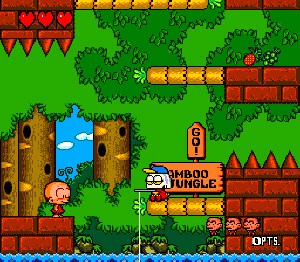
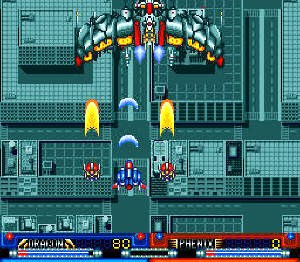
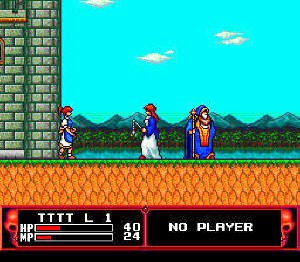
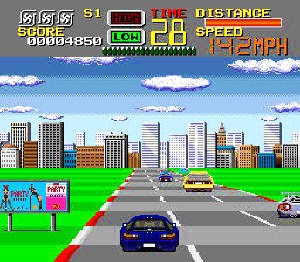
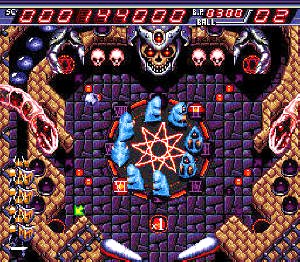
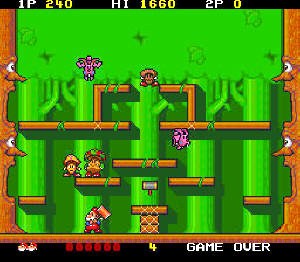
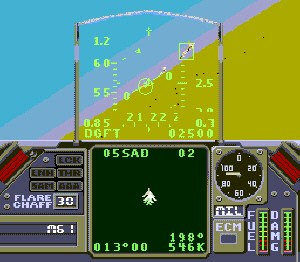
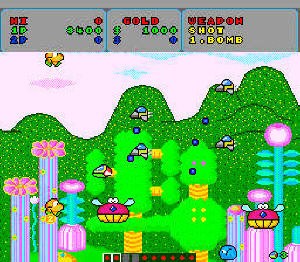
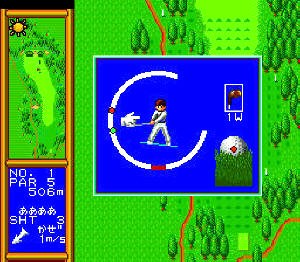
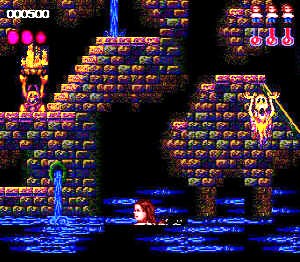
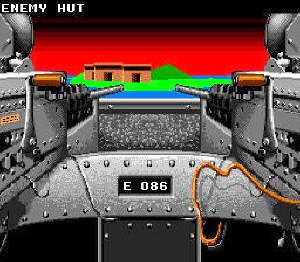
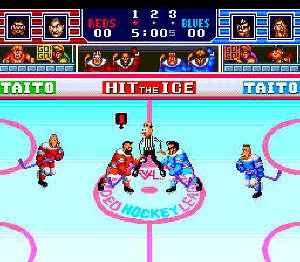
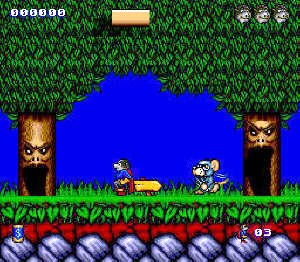
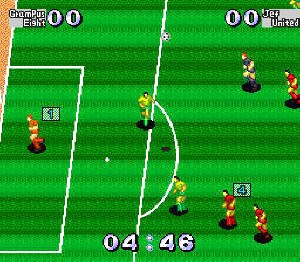
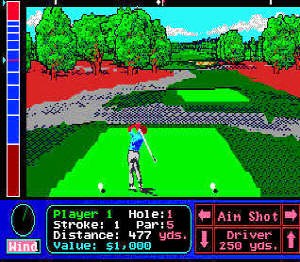
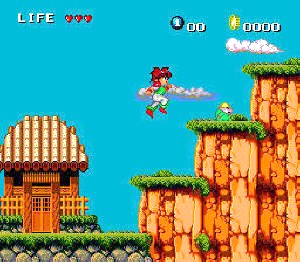
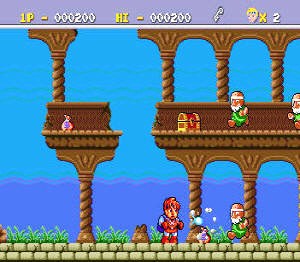
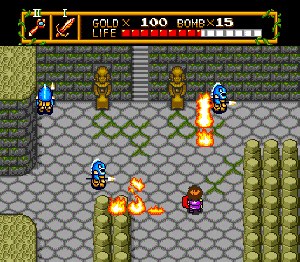
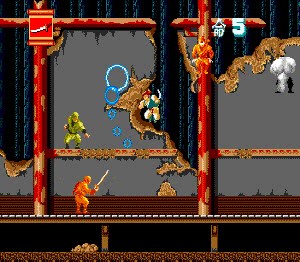
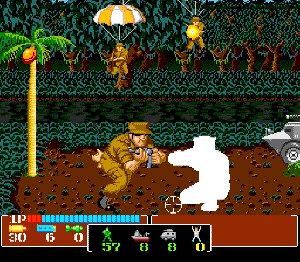
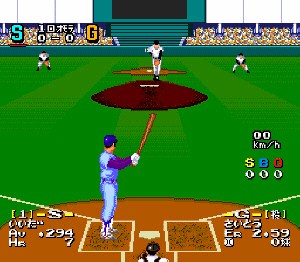
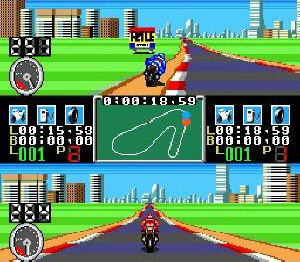
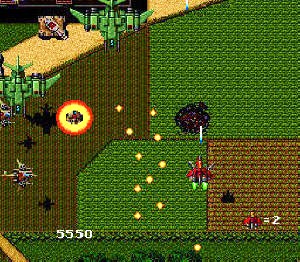
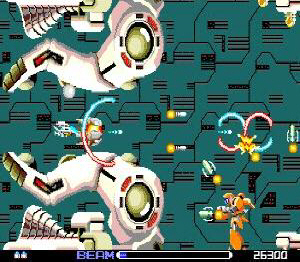
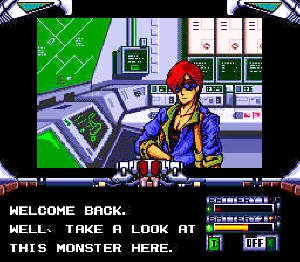
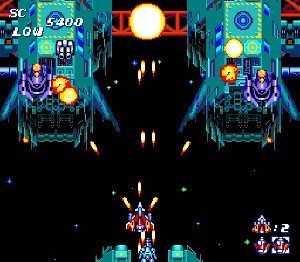
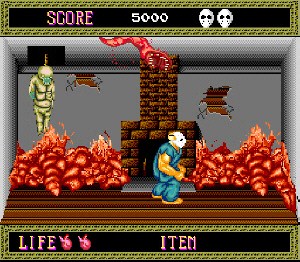
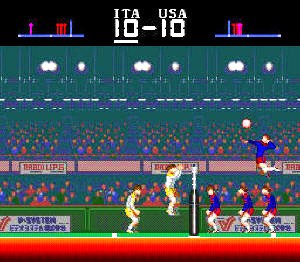
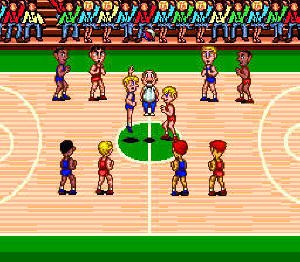
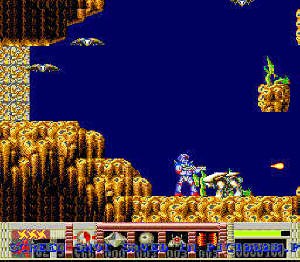
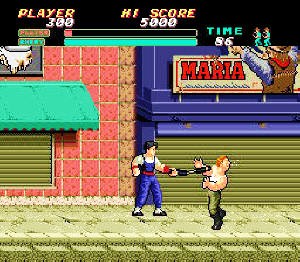
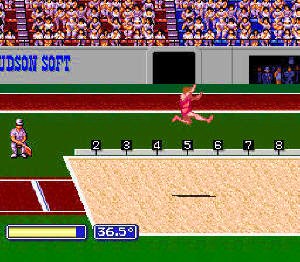
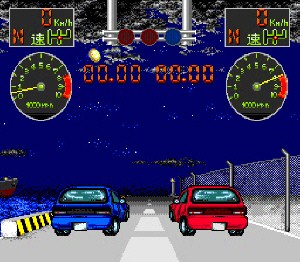
 EMULATION
EMULATION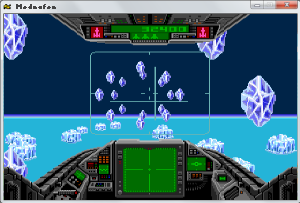
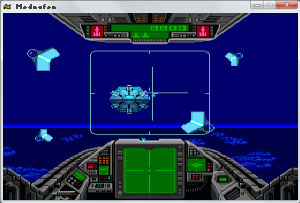
 SPECS & MANUALS
SPECS & MANUALS OTHER
MEDIA
OTHER
MEDIA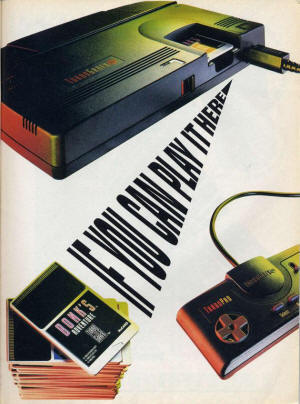
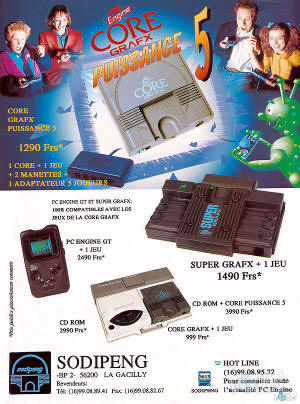
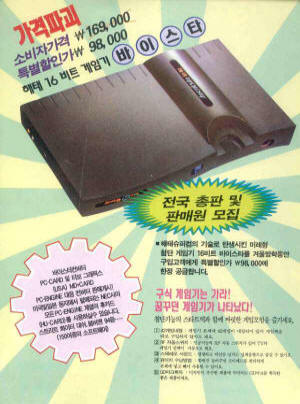
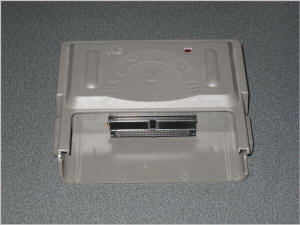
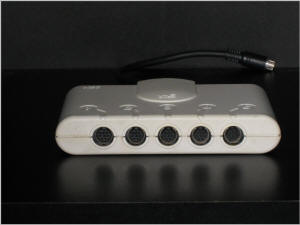
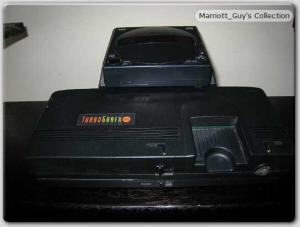
 WEB RESOURCES
WEB RESOURCES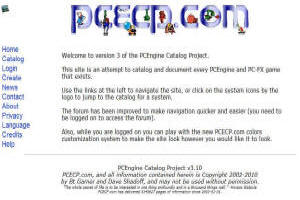
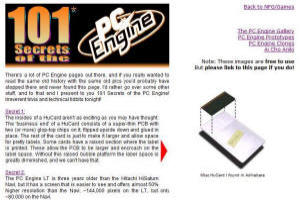
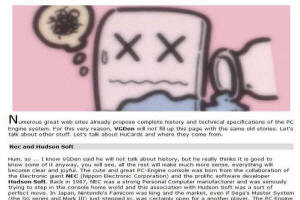
 DISCUSS
DISCUSS